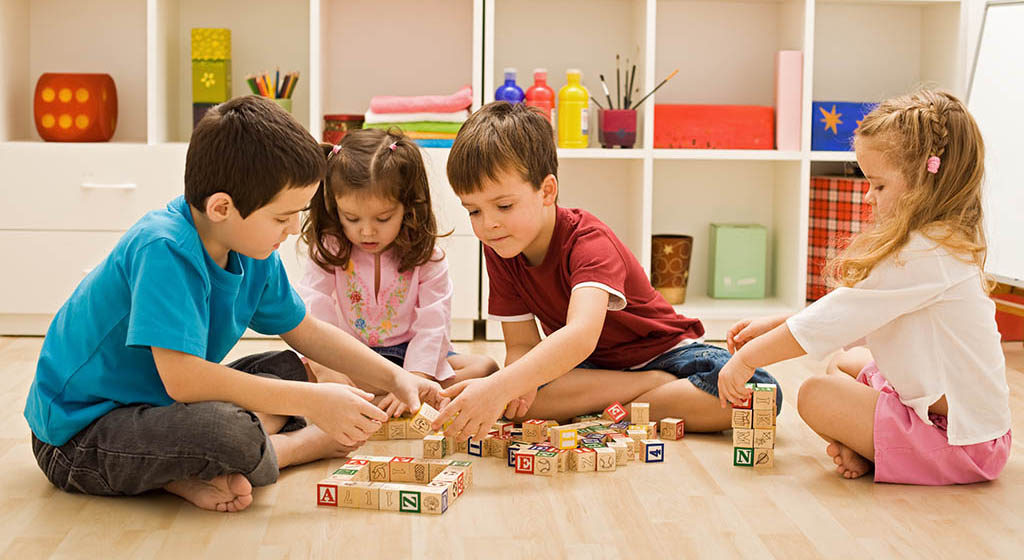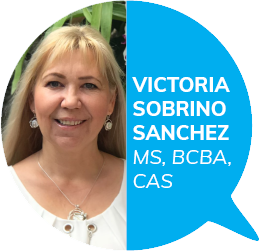

What is a social pragmatic group, and would it benefit my child? If you are concerned that your child appears to have difficulty making new friends, staying on topic during conversation, maintaining meaningful relationships, or struggles fitting in a group, you may want to consider a fun, yet effective method, social pragmatic group. A social pragmatic group focuses on both verbal and non-verbal communication. Groups usually consist of 3-5 peers (selected by age and ability) and run by skilled therapists. Therapists guide the participants into discussion groups by initiating a topic of conversation as well as, building and maintaining conversation based upon the topic at hand. For instance, an adolescent would be working on interacting in cooperative play/teamwork activities, demonstrating appropriate listening/attending skills, expressing empathy, or problem-solving. Meanwhile, a 3-year-old would be working on eye contact, personal space, turn-taking, following/imitating others, and greetings.
Picture that, a therapist presents an activity, such as building a volcano. Children immediately are given opportunities to ask questions, describe the activity, request materials from others, share information, understand inferences and make predictions. They observe each other, make comments, and take turns. If any of the children get stuck, therapists use that opportunity to teach and model the new skill, then allow them to practice until fluency is met. While therapists teach skills explicitly and directly with opportunities for role-playing and peer interaction, this opens the door for children to practice and generalize skills in their neighborhood and community.
Children and adolescents will be able to share ideas, knowledge, and improve their social behaviors and communication skills. These groups also allow children and adolescents to become more interactive with their families and contribute within their communities. Most importantly, they will be able to develop friendships and have fun!